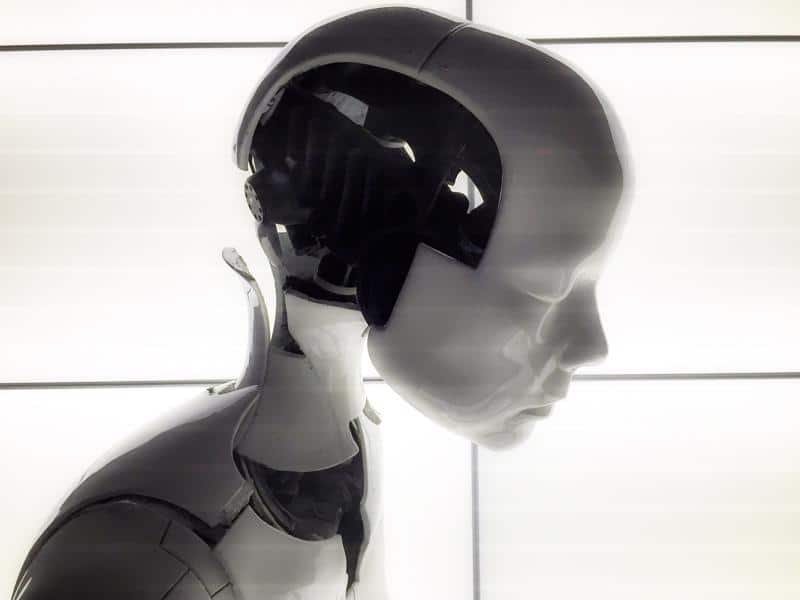When Microsoft first debuted its Kinect hardware in 2010, the product had nothing to do with edge computing, AI or machine learning. The Kinect served as a controller interface for Microsoft's Xbox 360 video game console. (Later versions were released for Windows PC and Xbox One.) Using cameras and sensors, it registered a player's body movements and inputted these gestures as controls. While it was innovative, Kinect struggled to gain a footing.
Despite going through various upgrades, it was fully discontinued as a consumer project in 2017. However, Microsoft did not fully abandon its Kinect hardware. At this year's Build developer's conference the company revealed a new use for its one-time video game accessory: edge computing.
Specifically, the new Kinect project factors into the greater themes of Build 2018, namely combining cognitive computing, AI and edge computing.
"Microsoft has ambitious plans to bring its Cognitive Services software to Azure IoT Edge."
Microsoft at Build 2018
Edge computing is at the forefront of technological innovation. Capitalizing on the internet of things, this method of data processing de-emphasizes a central hub. Remote sensors receive computer processing power to analyze the data near its source before sending it back, greatly reducing bandwidth needs. This system is also more dependable because the sensors store the data, at least for a limited time span. Network outages or dropped connections won't result in lost or fragmented information.
However, these sensors are, at the moment, fairly basic equipment. Microsoft aims to change that. At Build 2018, the company announced ambitious plans to bring its Cognitive Services software to its edge computing solution, Azure IoT Edge. According to TechCrunch, the first of these programs will be the Custom Vision service.
Implementation of this software with Azure IoT Edge can allow unmanned aerial vehicles, such as drones, to perform more complex tasks without direct control from a central data source. It will give these devices the ability to "see" and understand the environment around them, analyzing new visual data streams. This technology can also be used to improve advanced robotics, autonomous vehicles and industrial machines.
This advanced method of machine learning can increase productivity because all of these devices will be able to continue to perform complicated, vision-based tasks even with network connection disruptions.
Microsoft has also partnered with Qualcomm to bring cognitive vision developer's tools to devices like home assistants, security cameras and other smart devices.
However, this technology, Qualcomm and its Custom Vision service, while useful only work with devices equipped with sensors and cameras that can process visual data. To increase the variety of edge sensors that can benefit from these new tools and software services, Microsoft resurrected the Kinect.

The power of the Kinect
In an introduction on LinkedIn, Microsoft Technical Fellow Alex Kipman discussed Project Kinect for Azure. In his piece, Kipman outlined the company's reasoning for opting to return to the commercial failure. First, Kinect has a number of impressive features that make it ideal as a sensor.
These benefits include its 1024×1024 megapixel resolution, which is the highest among any sensor camera. Kinect also comes with a global shutter that will help the device record accurately when in sunlight. Its cameras capture images with automatic per pixel gain selection. This functionality allows the Kinect to capture objects at various ranges cleanly and without distortion. It features multiphase depth calculation to further improve its image accuracy, even when dealing with power supply variation and the presence of lasers. Lastly, the Kinect is a low-power piece of hardware thanks to its high modulation frequency and contrast.
Utilizing the Kinect sensors for cognitive computing makes sense. When looking at the product history, Microsoft had already developed more than half the specifications needed to create an effective sensor. The Kinect was designed to track and process human movement, differentiate users from animals or spectators in the room and operate in numerous real-world settings. It was also made to endure drops and other household accidents. Essentially, the Kinect was a hardy specialized sensor interface a market where it had to compete with precise button pressing.
In an industrial space, Kinect can fair far better. Augmenting existing data collection sensors with this visual aid will increase the amount of actionable data that is recorded. The Kinect brings with it a set of "eyes" for any machine. This advantage will let developers and engineers get creative as they seek to create the advanced edge computing networks of the future.
